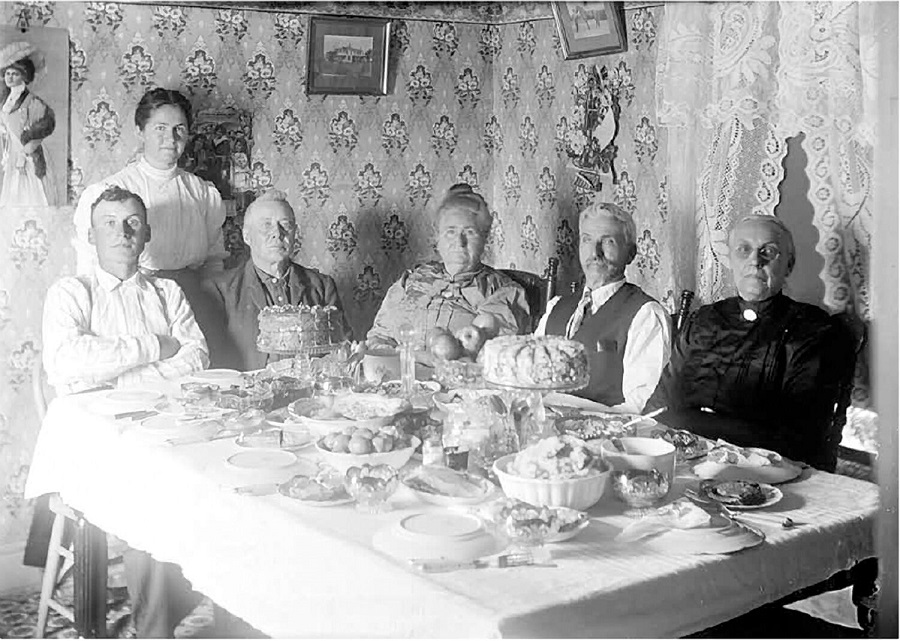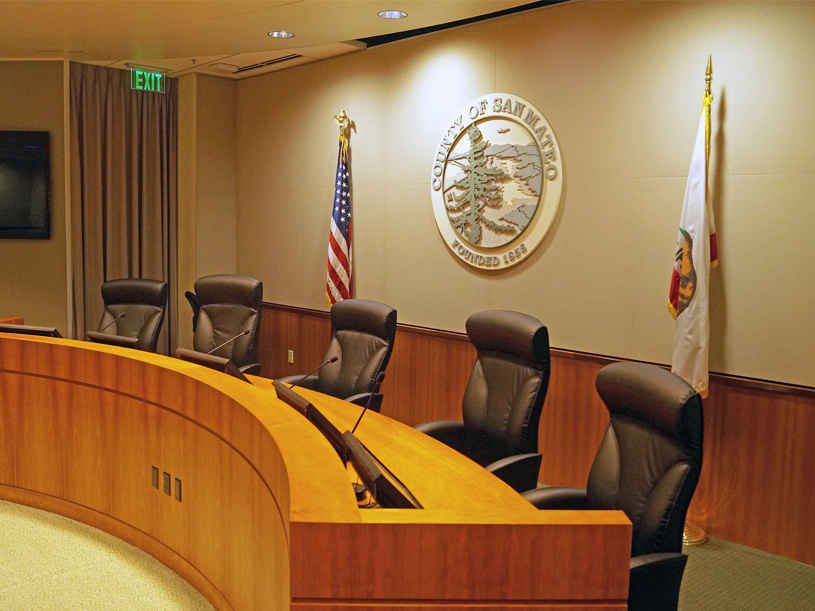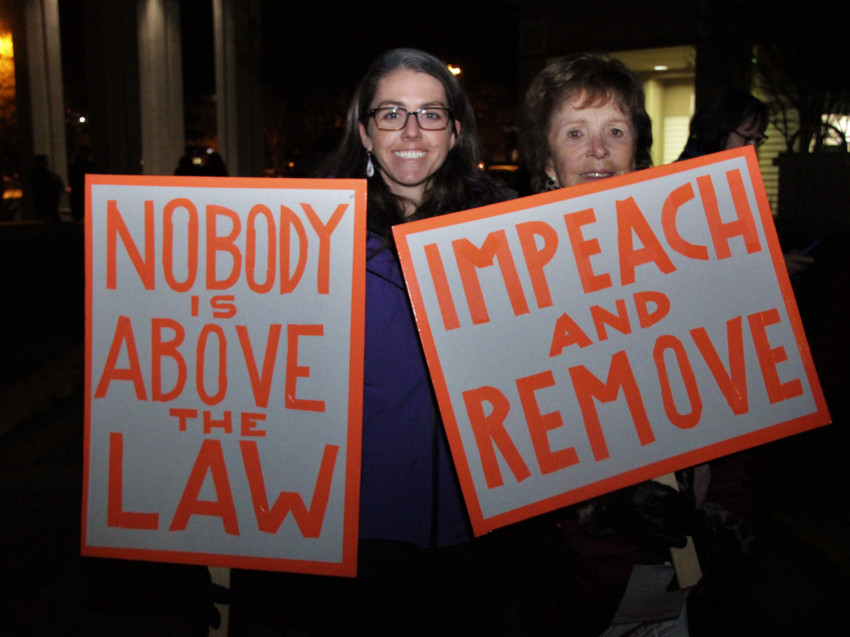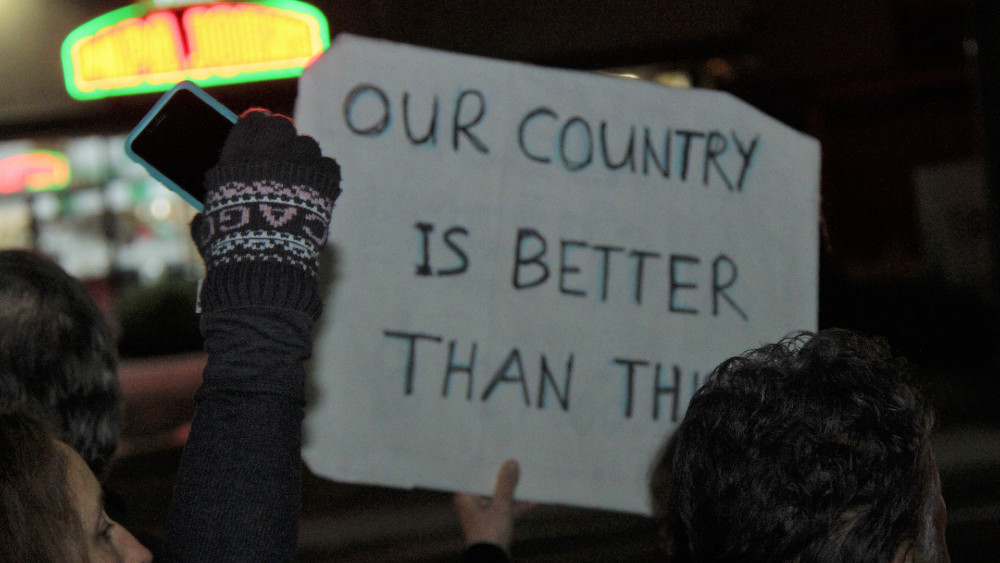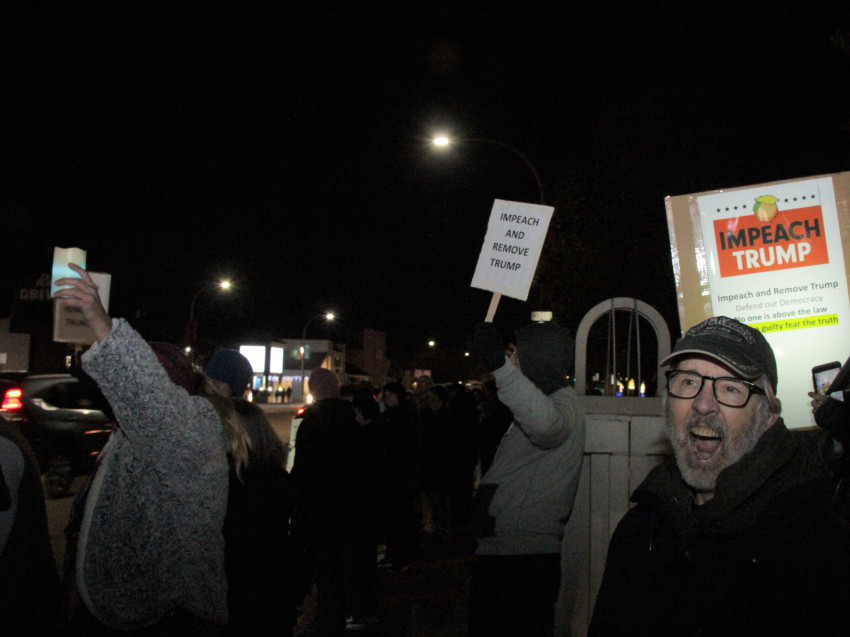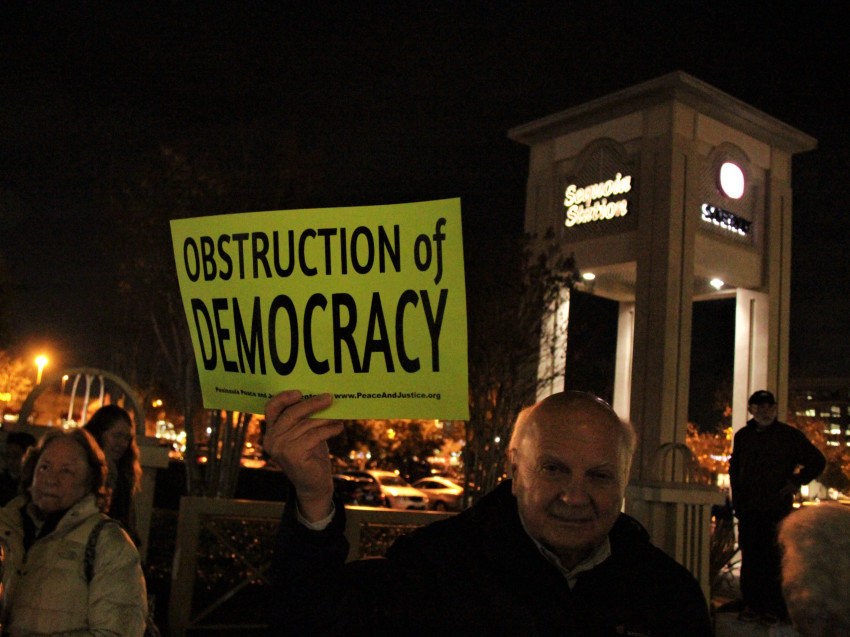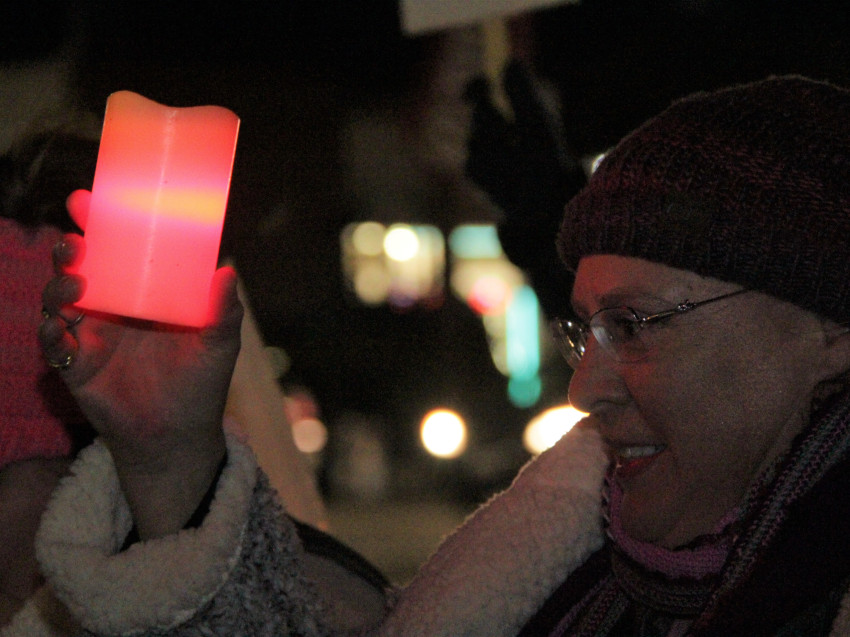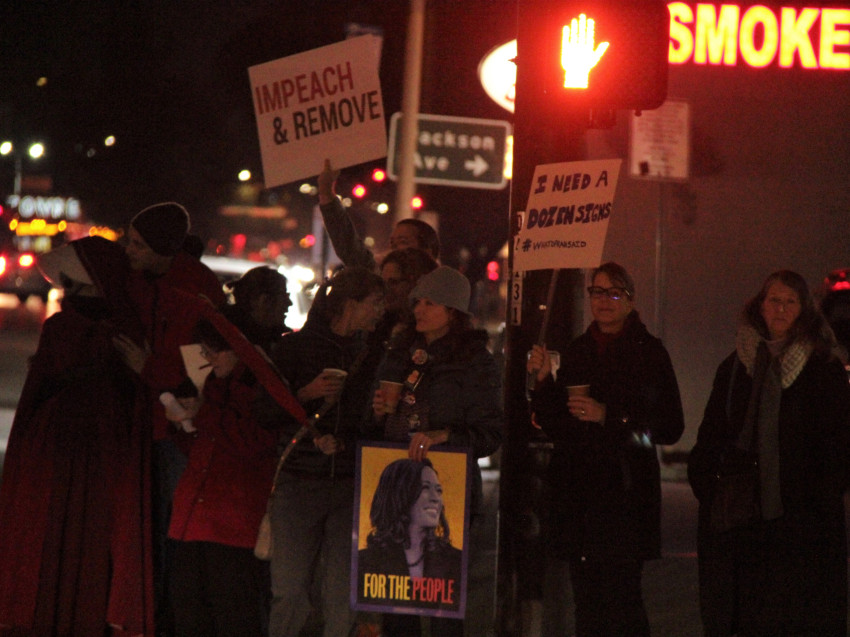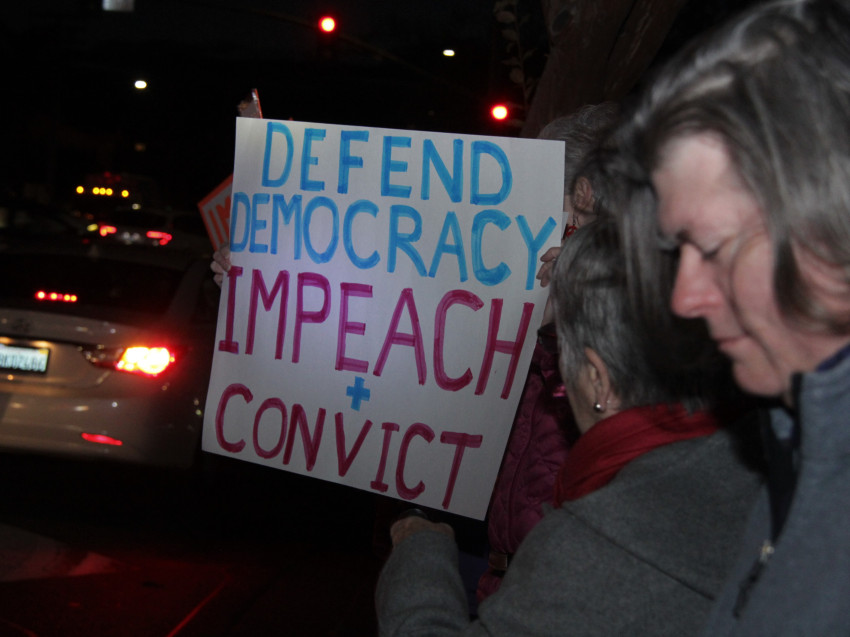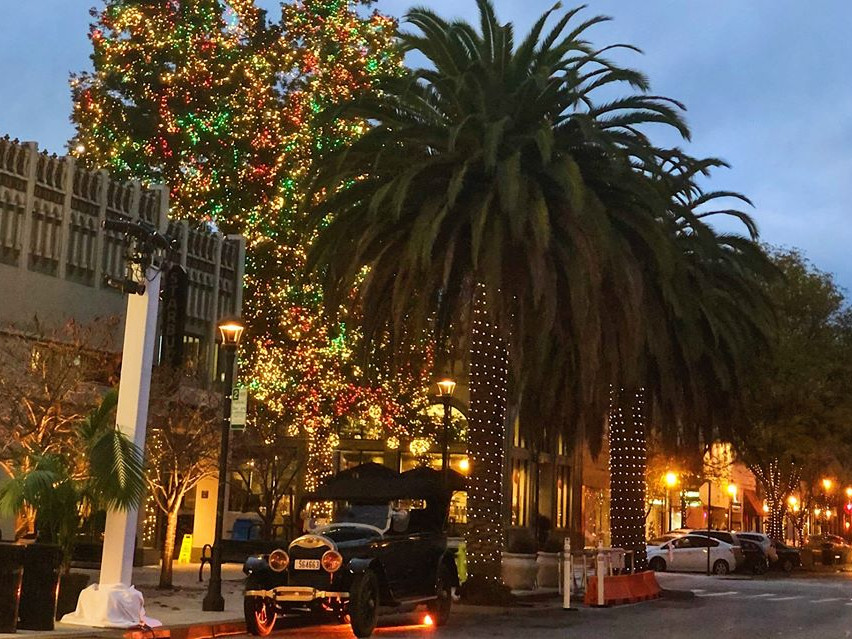Gil Fronsdal and the Insight Meditation Center

When did everybody get so mindful? Mindfulness, generally defined as the state of being aware, seems to be everywhere these days, at least in theory. Magazine covers tout its benefits, and there are scores of places to practice mindfulness meditation in Silicon Valley, with classes offered at centers from Stanford to Santa Clara. Many people in the tech industry are partaking. Twitter CEO Jack Dorsey traveled all the way to Myanmar for a Vipassana (insight meditation) retreat last year. (Dorsey’s posts, which focused on his practice and ignored the plight of the persecuted Rohingya in the former Burma, made him an object of derision on his own platform.)
But if finding enlightenment, or at least some momentary peace of mind, has become relatively easy locally, getting the right real estate will always be challenging. Gil Fronsdal, who has been teaching meditation practice and Buddhist doctrine at Redwood City’s Insight Meditation Center for decades, recalls a time when their group had no home. He was part of a wave of teachers who went to Asia in the ‘70s and ‘80s, encountered mindfulness meditation in Thailand, Burma and India, and brought it back to the states. (Fronsdal himself was a monk in Burma in 1985.)
“In 1986, before I came into this area, there was a group of people associated with those founding teachers who started a meditation group Monday nights in Menlo Park,” he says. “By 1990, they’d moved to the Presbyterian Church in Palo Alto, and the person who was the facilitator asked me to come here and teach.”
Fronsdal was in a unique position: He had just started an insight meditation teacher training program with Jack Kornfield, founder of Spirit Rock in Marin and one of the most recognized teachers of Western Buddhism in the U.S., and had begun a doctoral program in religious studies at Stanford. (He had also lived at the San Francisco Zen Center and is authorized to teach in both traditions, Zen and Vipassana, sort of like a chef trained in Japanese and Indian cooking.)
The group he joined was technically homeless, and bounced from the Presbyterian Church to the Friends Meeting House in Palo Alto in the ‘90s. “It became clear, as we kept growing and having more meetings and offering retreats, that it would be nice to have our own center,” says Fronsdal.
The problem was they had no money, or very little at a time when real estate prices were skyrocketing. “We were really kind of naive, just putting the pieces together,” he recalls. “And then we got a phone call from two wonderful ministers, who wanted to sell their church in Redwood City to us. They were kind of mystical Christians, who sat in silence. And they wanted someone else who sat in silence, to continue the tradition in their church.”
This might have seemed like a godsend, but God works in mysterious ways. After their initial contact, Fronsdal and his group tried to meet with the ministers to seal the deal. “And the message we got back was, ‘Don’t call us, we’ll call you.’ It took a year and a half before they finally showed us the church. I like to say that there were three parties in the negotiation: There were the elderly ministers, there was us, and there was God. Cause they only did things when they heard from God, and one of those parties was slow.”
The ministers from the First Christian Assembly sold them what is now the Insight Meditation Center for the appraised value of the property in 2001 (the down payment came from community donations; the First Christian Assembly provided the rest as a loan.) “We showed up together at the title company to sign all the papers, and I asked them if they would do a prayer for us. I think that people at the title company had never seen anything like this before.”
With a place to call home, IMC began to offer meditation classes, talks and retreats to anyone interested. Then as now, classes are often taught by Fronsdal and consist of a period of meditation (people sitting silently, on chairs or cushions) followed by a dharma talk (a sort of sermon, usually drawn from the Buddha’s teachings) and a question and answer period. Sometimes there’s tea and cookies. (IMC is supported entirely by donations; classes are free, there is no paid staff, and teachers depend on dana, the Pali word for giving.)
The building itself is an unremarkable one-story structure on a residential block in Redwood City; the meditation hall could be an auditorium or multipurpose room at a high school or community college. Nothing about it screams church, or even temple, and the vibe inside is friendly but not intrusive.
Diana Gross, a retired clinical psychologist in Redwood City, has been going to the center since it opened. She points to the various classes and special groups that have sprung up over the years—including classes in Spanish, meditation programs aimed at young people, and one designed for people recovering from drug and alcohol addiction.
“People step up and say, ‘Let’s form this kind of group,’” says Gross. “Recently I had some surgery so I went to a twice-a-month drop-in group led by a teacher to deal with life-threatening illnesses. There’s also a senior sangha [community], led by two long-term teachers. It’s a place for brainstorming for us older folks, and sharing experiences.” (The center also has a Buddhist chaplaincy-training program for people who wish to become chaplains in prisons, hospitals and hospices.)
On Wednesdays, Gross attends a half-day retreat, led by Fronsdal or another teacher. Beginning at 9:25 in the morning, a small group (15-40 people) gathers to practice sitting and walking meditation; sometimes the teacher will suggest a theme, and students can sign up for a 15-minute individual interview with the instructor. “Some of us stay for lunch,” she says. “It’s a very friendly way to get to know people in the community.”
Fronsdal, 65, has lived in Redwood City for 24 years. He was born in Norway, but raised in California. He and his wife have two sons; the youngest goes to Woodside High School, and his older boy, now in college, went to Sequoia. While many in the community are also Redwood City residents, the IMC draws people from all over the Peninsula, including many Asians and South Asians. “A lot of people come from the tech industry,” says Gross, “needing something to balance their lives.”
For anyone who is curious about Buddhism, and meditation in general, Fronsdal suggests dropping in on a Sunday, or Monday evening, when he usually gives a dharma talk. “There’s never any cost for anything,” he says. “And it’s very rare that we even mention the opportunity to make a donation.”
With meditation going mainstream, Fronsdal has changed his instruction somewhat. “When we first came to Redwood City, if anybody was interested in mindfulness, there were very few places you could go and learn about it, so people would come here. But now we don’t have as many people coming to our introduction to meditation programs, because it’s so easy to get mindfulness instructions now. You don’t even have to leave your home anymore,” he says, invoking the meditation apps available on smart phones, or the guided meditation courses streaming online.
Why go out, then? A lot of it’s about community, which is where his dual lineage, Zen and Vipassana, makes him something of an expert. “Zen is very community based,” says Fronsdal, “whereas insight meditation, generally, in the United States, tends to have a much stronger individualistic flavor, (allowing for) people’s own individual meditation practice. Here I have seen a kind of blending of the two.”
One advantage of joining a sangha is the same as joining any other group with similar interests and a shared pursuit: It’s good to have company when trying something relatively esoteric (i.e., sitting in silence for hours a day) for the mutual support and sense of community. In Buddhism, the Three Jewels, or pillars of the faith, are the Buddha (or teacher), the dharma (the Buddha’s teachings) and the sangha, with each being of equal importance.
“To have a community of people to meditate with provides a motivation,” says Fronsdal. “It shows that there are other people who are doing it, that we’re not alone.
“Sometimes, in a community, you get feedback, you get to see how people who are more experienced than you are being transformed by the meditation or the values they live by,” he says. “People who do a lot of meditation tend to become more ethical. Sometimes people come and report to me that as they have stronger ethical inclinations. It’s actually hard to continue with some of the behavior of their places of work. For example, there might be a lot of gossiping around the coffee machine. That’s kind of the medium of exchange between people. And people who meditate a lot tend not to want to gossip much anymore. It’s awkward.”
“Right speech” is one part of Buddhism’s Eightfold Path, one that suggests that saying any old thing isn’t always of benefit. Buddhists will sometimes ask themselves, before opening their mouths, “Is it true, is it kind, and is it necessary?” Since much of daily life is filled with pointless chatter, people new to the practice might worry that raising the bar that high about every utterance might render them speechless. But Fronsdal suggests there are other benefits, beyond lowering the heart rate.
“In the popular mind, mindfulness is kind of held up as being all good: Everything’s wonderful, just kind of be in the present moment. But Buddhist practice, as in any spiritual practice that has real transformative power, also involves meeting a difficult part of ourselves. And working through some of the deepest psychological, emotional, existential issues that a person struggles with. And rather than feeling happier, people will go through a period of time and struggle with meeting themselves, working through things as part of the practice. If you have a community of people who are practicing with you, it can be a lot easier.”
Struggle aside, the IMC feels pretty casual. Many practitioners prefer chairs to cushions while meditating, and people drop in and out of courses. “Nothing’s really asked of you,” says Fronsdal, “there’s no pressure. You can walk in and sit down and you’re kind of left alone. I’ve had people come up to me after coming here for 10 years, and I’ll look at them: Really? And they say, ‘Yeah, I just sit in the back.’”
The Insight Meditation Center is located at 108 Birch St. in Redwood City. For a complete list of classes and retreats, visit their website at insightmeditationcenter.org.
This story was originally published in the January print edition of Climate Magazine.

